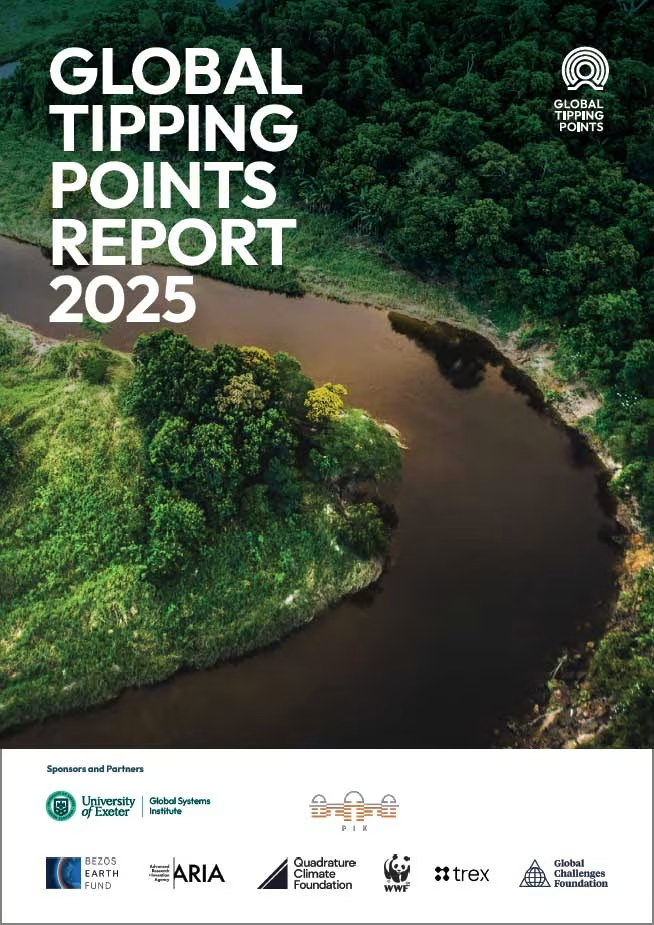Why peatlands?
Peatlands, covering only around 3-4% of the Earth’s land surface, hold up to one-third of the world’s soil carbon, twice as much as forests. Protecting this carbon is crucial for global climate goals. However, about 12% of peatlands are drained and degraded, contributing to 4% of annual human-induced emissions. The Global Peatlands Assessment (GPA) aims to understand peatlands’ status, location, and threats, providing a baseline for protection and management. It includes updated maps and highlights peatland management as a nature-based solution for biodiversity loss, climate resilience, and community livelihoods.
Key Messages
- Peatlands are rare ecosystems holding a significant portion of the world’s soil carbon, crucial for achieving global climate goals.
- Despite their importance, a considerable portion of peatlands has been degraded, contributing to human-induced emissions.
- The Global Peatlands Assessment aims to understand peatlands’ status, location, and threats, providing a baseline for protection and management.
- It emphasizes peatland management as a nature-based solution for biodiversity loss, climate resilience, and sustainable livelihoods.
- Developed by the UNEP-led Global Peatlands Initiative with input from 226 experts worldwide, the GPA is the most comprehensive assessment of peatlands to date, guiding countries and decision-makers towards sustainable management and climate action.






